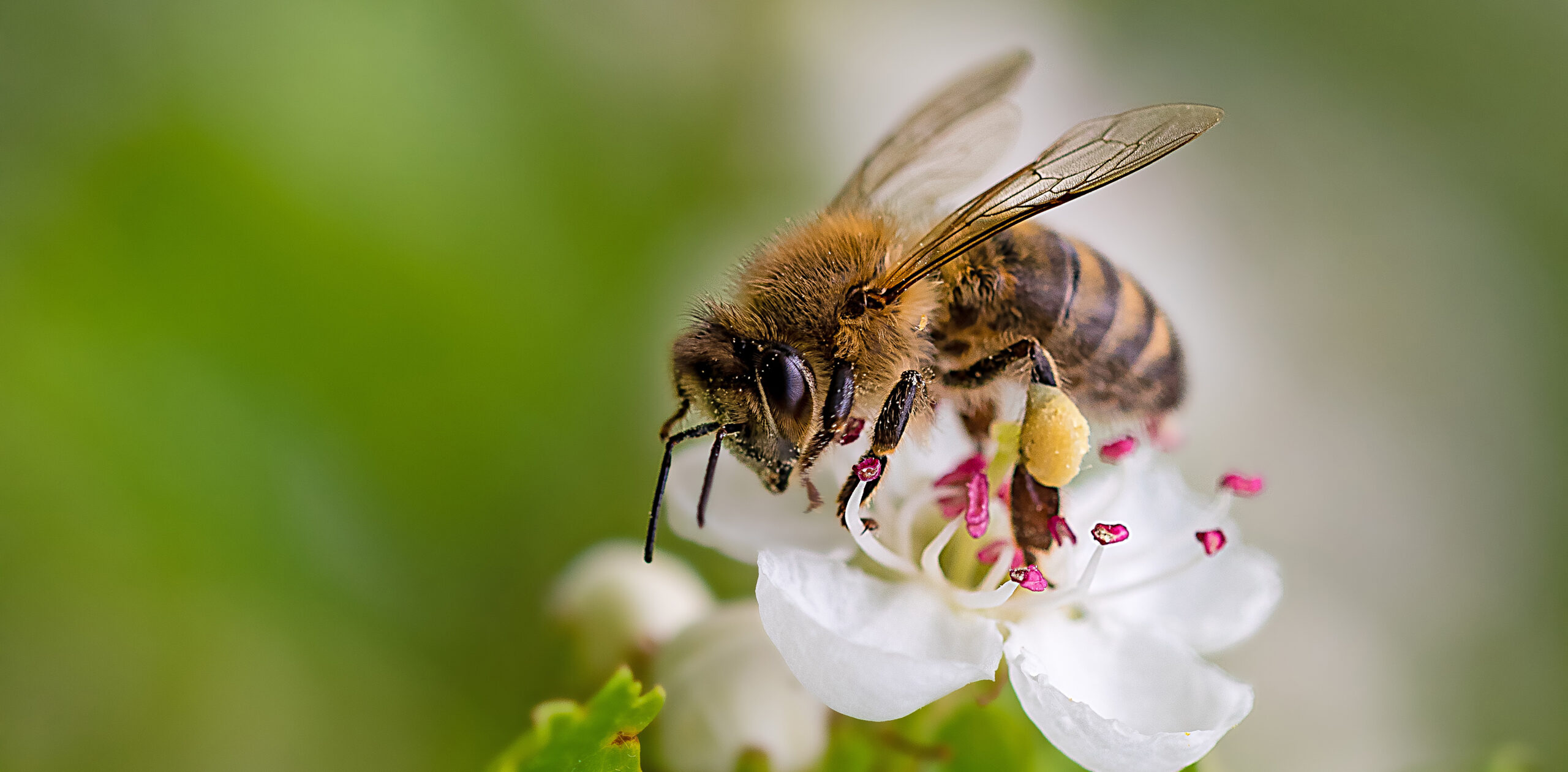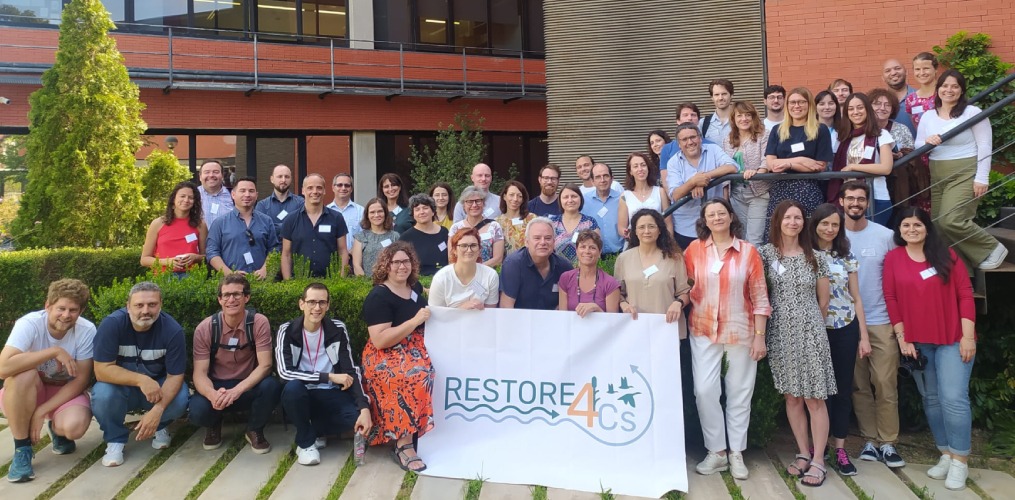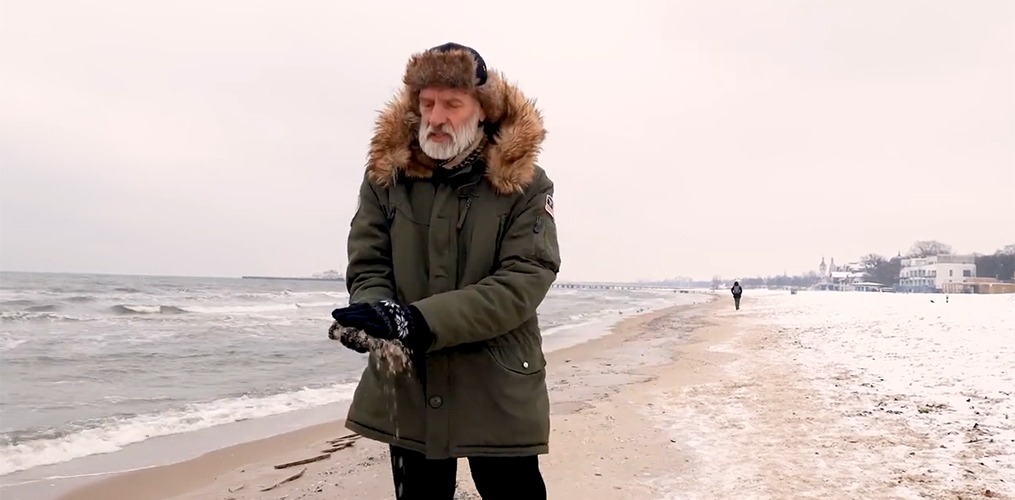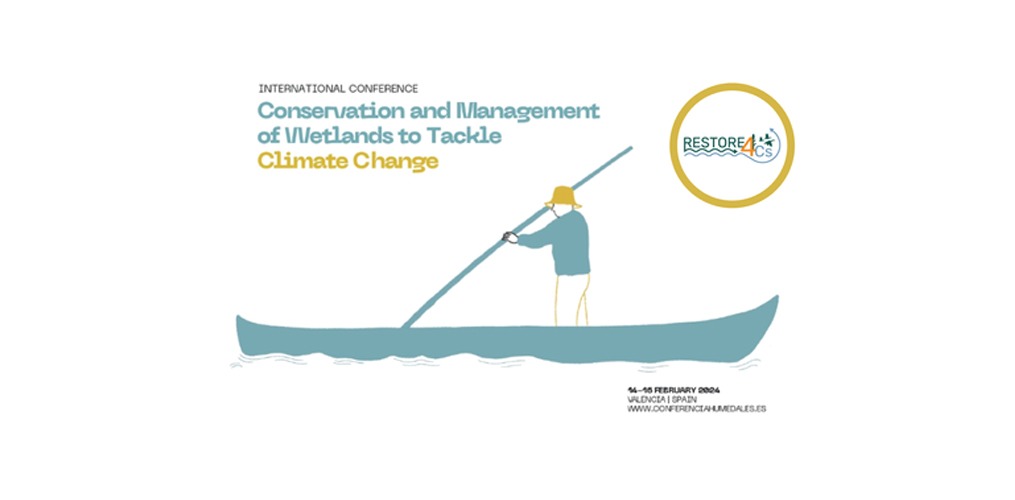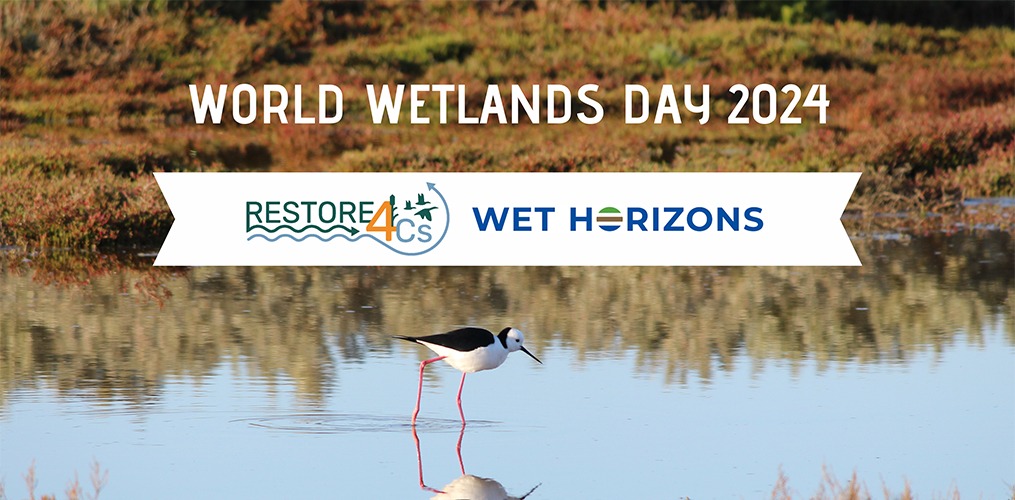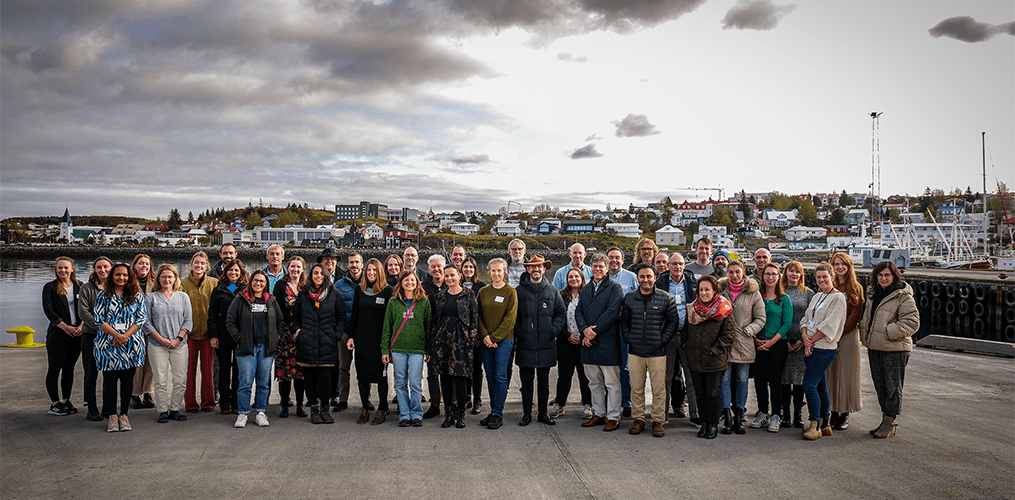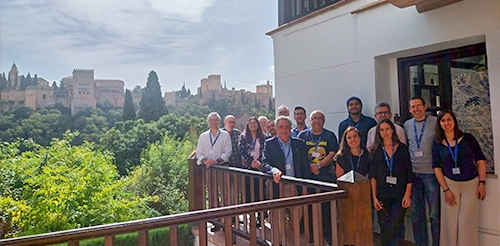Honey bees (Apis mellifera) are crucial pollinators and producers. Despite their key role in agriculture, food production and security, and ultimately in human health and ecosystem well-being, they face multiple threats: habitat loss, degradation and fragmentation, pollution, pesticides, pests and pathogens, changes in land use and climate change impacts are putting at risk their survival, causing their decline worldwide.
On May 25, BioDT presented its prototype Digital Twin (pDT) for Pollinators during the online event Biodiversity in Focus. By combining real-world data with advanced simulation techniques, the new prototype provides practical insights into honey bee performance and honey production by evaluating landscape quality. The goal of the BioDT project – in which LifeWatch ERIC is one of the partners – is to push the current boundaries of predictive understanding of biodiversity dynamics by developing a Digital Twin that provides advanced modelling, simulation, and prediction capabilities.
The DT for Pollinators aims to address honey bees’ challenges, such as intensive agriculture, diseases, and fluctuations in nectar and pollen availability. Based on the BEEHAVE model, this prototype supports use cases involving large input data, like analysing datasets from multiple countries.
The health of honey bees depends on their environments, where consistent availability of nectar and pollen is vital, particularly during times when mass-flowering crops such as oilseed rape are not in bloom.
This Digital Twin prototype represents a fusion of advanced technology and practicality to allow a generic assessment of agricultural areas for honey bee health, says Dr Jürgen Groeneveld from the Helmholtz Centre for Environmental Research – UFZ in Leipzig. By providing tools that are accessible, scalable, and adaptable, we aim to empower biodiversity researchers and conservationists in their mission to protect our planet’s vital ecosystems.
On the technical side, the prototype relies on a solid foundation. Custom scripts specify input data and transform it into readable input files. Researchers can deploy all necessary software components into a Docker container image on the LUMI supercomputer and cloud platforms. For more information on its development, you can consult the repository page on GitHub.
In future updates, BioDT plans to include land cover data, land cover types converted into nectar and pollen resources, and weather data, adapting it for diverse geographic areas. This way, researchers and conservationists worldwide could leverage BioDT’s capabilities in their biodiversity conservation efforts. Jesse Harrison, Developer Manager at CSC and former Project Manager of BioDT, highlighted the Pollinators DT’s potential for biodiversity conservation and announced that further versions of this prototype will expand BioDT’s mission beyond honey bee performance. He said to envision the development of further prototype Digital Twins, each addressing critical biodiversity challenges.
Test the first BioDT prototype Digital Twin on pollinator!
Source: BioDT press release – To learn more about the Digital Twin for Pollinators and to test it, please visit this page: https://biodt.eu/news/first-operational-prototype-digital-twin-biodt
